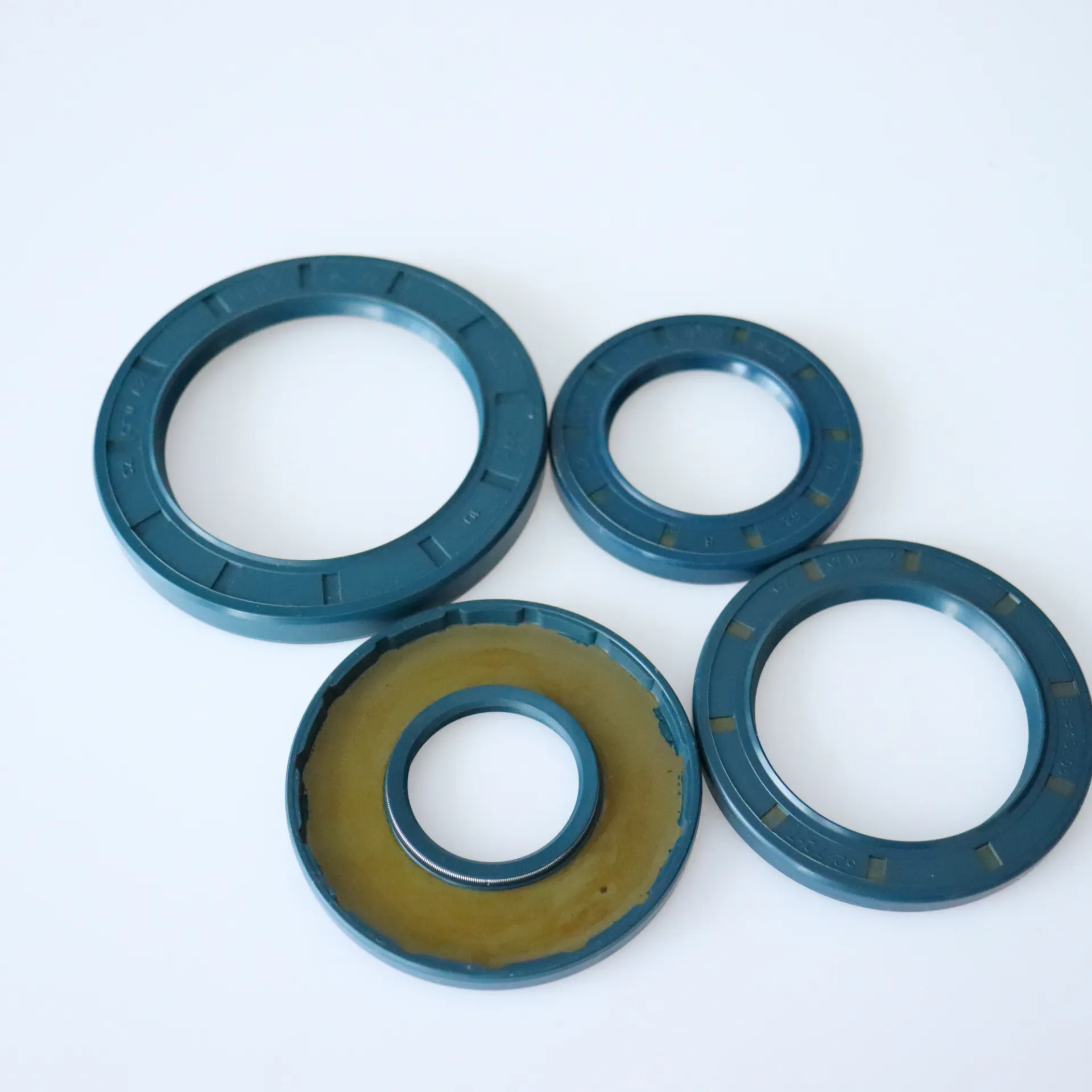ਅਕਤੂਃ . 06, 2024 21:50 Back to list
metric rod wiper
Understanding Metric Rod Wipers A Key Component in Industrial Applications
In the realm of industrial machinery, the performance and longevity of equipment are heavily reliant on the quality of its components. One such crucial element is the metric rod wiper. This seemingly simple component plays a vital role in maintaining the integrity and functionality of various systems, particularly in hydraulic and pneumatic applications.
What Are Metric Rod Wipers?
Metric rod wipers are specialized seals designed to keep contaminants such as dirt, dust, and moisture out of hydraulic and pneumatic cylinders. They are typically installed at the rod-end of the cylinder, serving as the first line of defense against external elements that could compromise the internal workings of the machinery. The term metric refers to the standardized measurements used in their design, which makes them suitable for use in equipment that adheres to metric specifications.
Importance of Rod Wipers
One of the primary functions of rod wipers is to enhance the reliability and efficiency of hydraulic systems. When a rod extends or retracts within a cylinder, friction is generated, which can lead to wear over time. Wipers help to minimize this friction by ensuring that the rod is clean and free from debris. Additionally, by preventing contamination from entering the system, wipers contribute to the overall lifespan of hydraulic seals and components, reducing the need for costly repairs and maintenance.
Types of Metric Rod Wipers
There are various types of metric rod wipers available, each designed to meet specific application requirements. Common materials used for these wipers include polyurethane, rubber, and PTFE.
metric rod wiper

1. Polyurethane Wipers Known for their durability and resistance to abrasion, polyurethane wipers are typically used in applications with high wear and tear. They are effective in temperatures ranging from -30°C to +80°C, making them suitable for a wide range of environments.
2. Rubber Wipers While not as robust as polyurethane, rubber wipers are often employed in applications where flexibility and elasticity are essential. They are typically more cost-effective and work well in less demanding environments.
3. PTFE Wipers Polytetrafluoroethylene (PTFE) wipers are ideal for high-temperature applications. They have excellent chemical resistance and low friction properties, making them suitable for sophisticated hydraulic systems.
Choosing the Right Metric Rod Wiper
Selecting the appropriate metric rod wiper involves considering several factors, including the operating environment, temperature range, and the specific type of hydraulic or pneumatic fluid being used. Additionally, it is essential to account for the rod diameter and the type of machinery to ensure a proper fit.
Conclusion
Metric rod wipers are small components with a significant impact on the performance of hydraulic and pneumatic systems. By effectively keeping contaminants at bay, they ensure smoother operation and longer-lasting equipment. Whether for industrial machinery, mobile equipment, or automation systems, selecting the right rod wiper can lead to increased efficiency and reduced maintenance costs. As industries continue to evolve, the importance of reliable components such as metric rod wipers cannot be overstated, highlighting the need for ongoing innovation and improvement in their design and materials.
-
TCN Oil Seal Metal Ring Reinforcement for Heavy Machinery
NewsJul.25,2025
-
Rotary Lip Seal Spring-Loaded Design for High-Speed Applications
NewsJul.25,2025
-
Hydraulic Cylinder Seals Polyurethane Material for High-Impact Jobs
NewsJul.25,2025
-
High Pressure Oil Seal Polyurethane Coating Wear Resistance
NewsJul.25,2025
-
Dust Proof Seal Double Lip Design for Construction Equipment
NewsJul.25,2025
-
Hub Seal Polyurethane Wear Resistance in Agricultural Vehicles
NewsJul.25,2025
-
The Trans-formative Journey of Wheel Hub Oil Seals
NewsJun.06,2025
Products categories
















